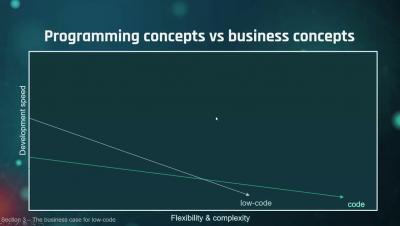Data Thinking: Agility in Digital Transformation
Maybe these situations sound familiar to you… You want to enhance the activities of your company with digital, data-based approaches. The opportunities and challenges of digital transformation are obvious, so it makes sense to rethink certain business strategies based on data. You’ve built a strategy through creative methods like design thinking, and you know exactly what data-centric solutions you need to develop – but the technical departments are pushing back.






